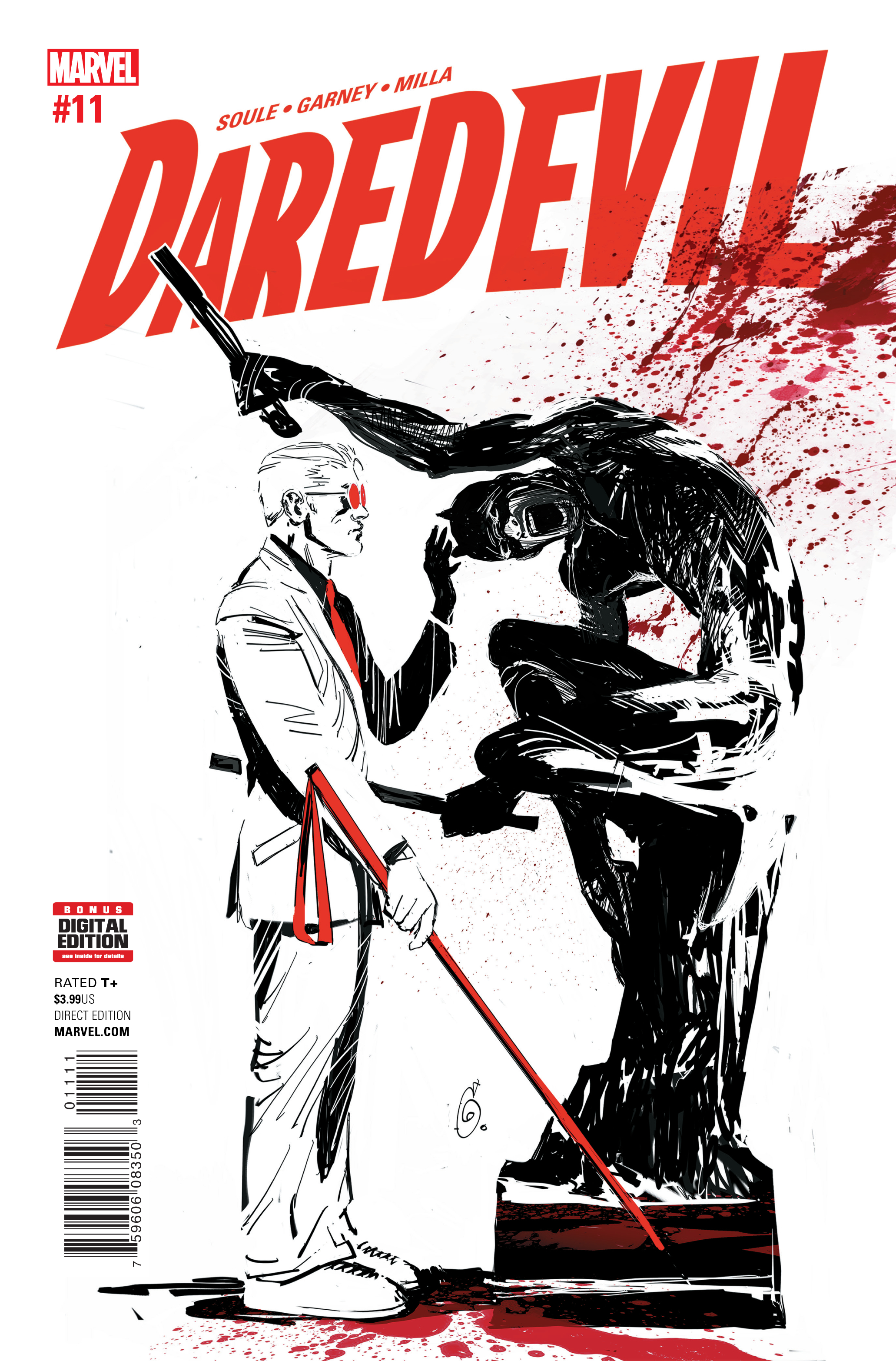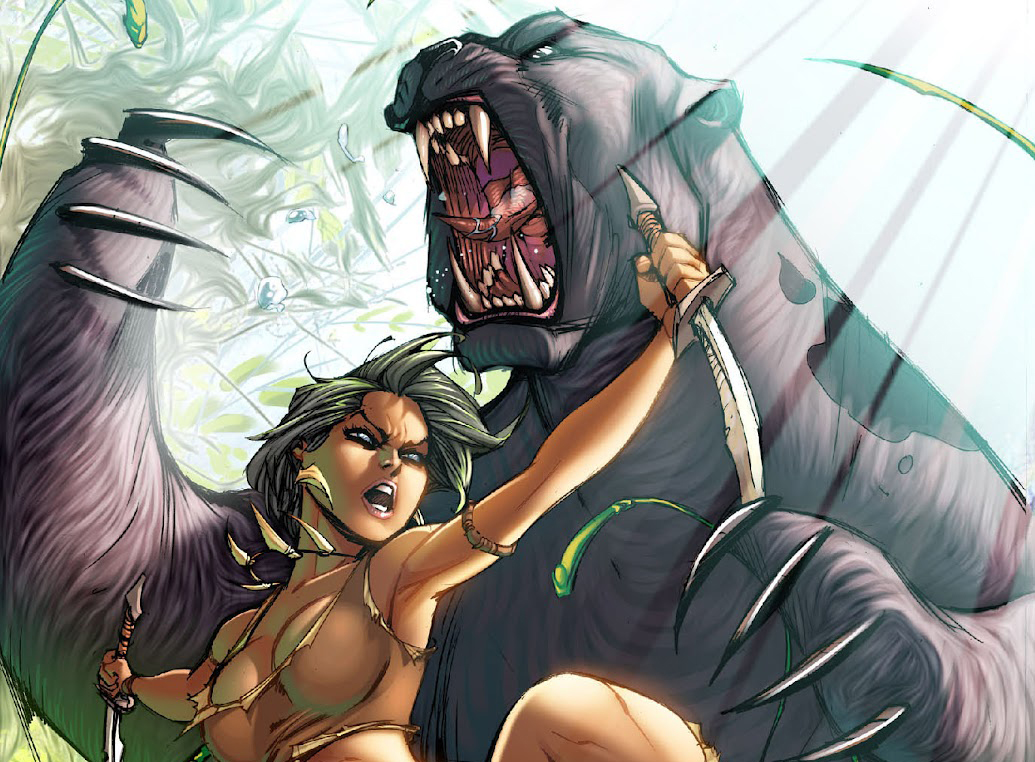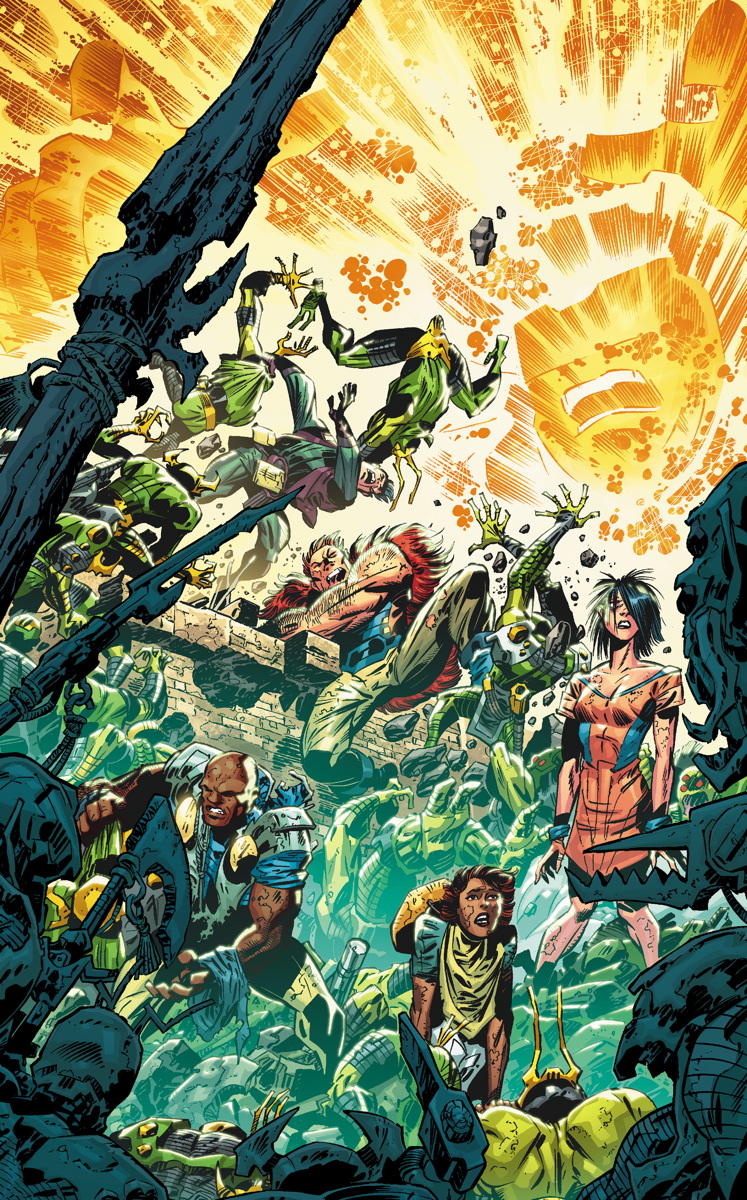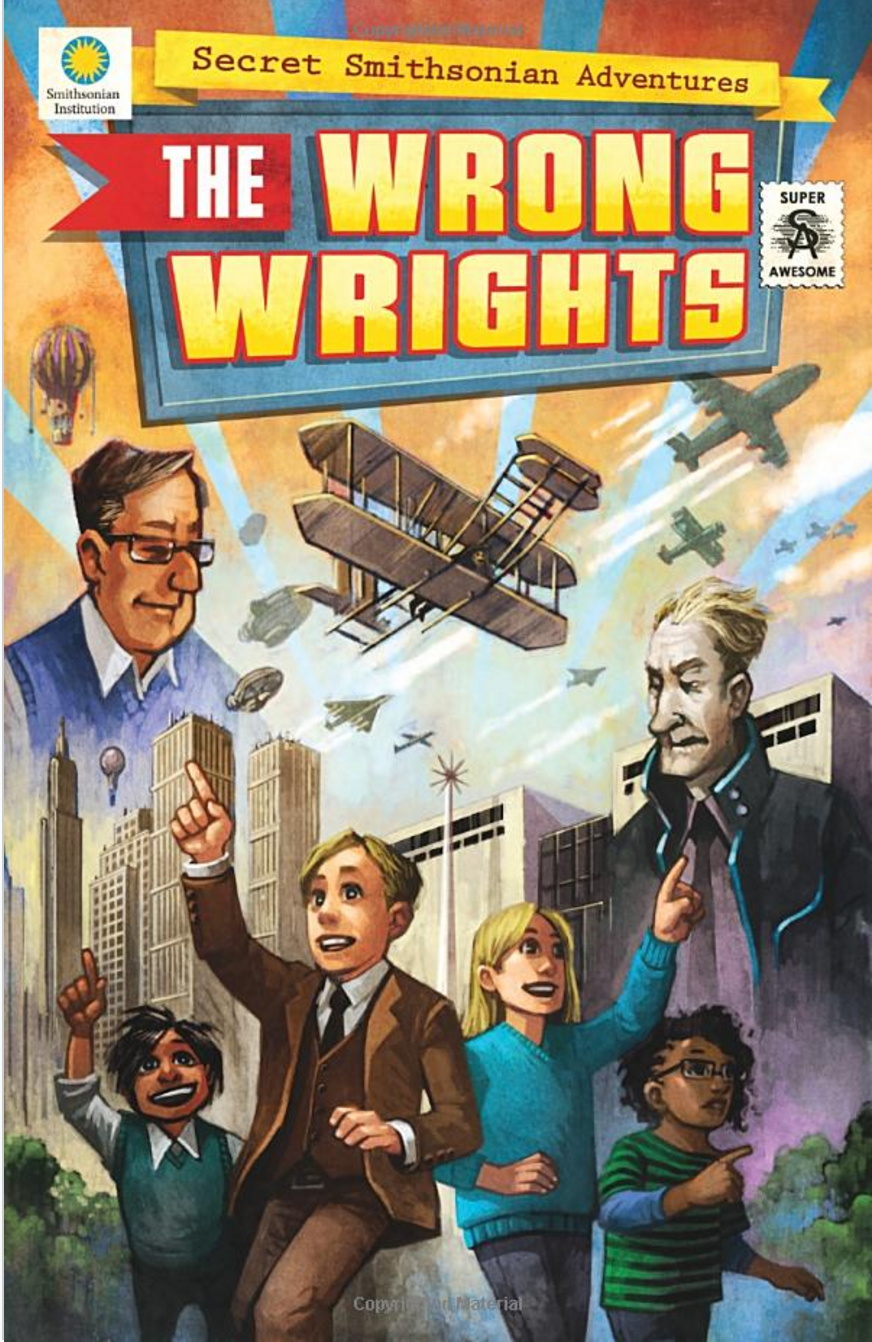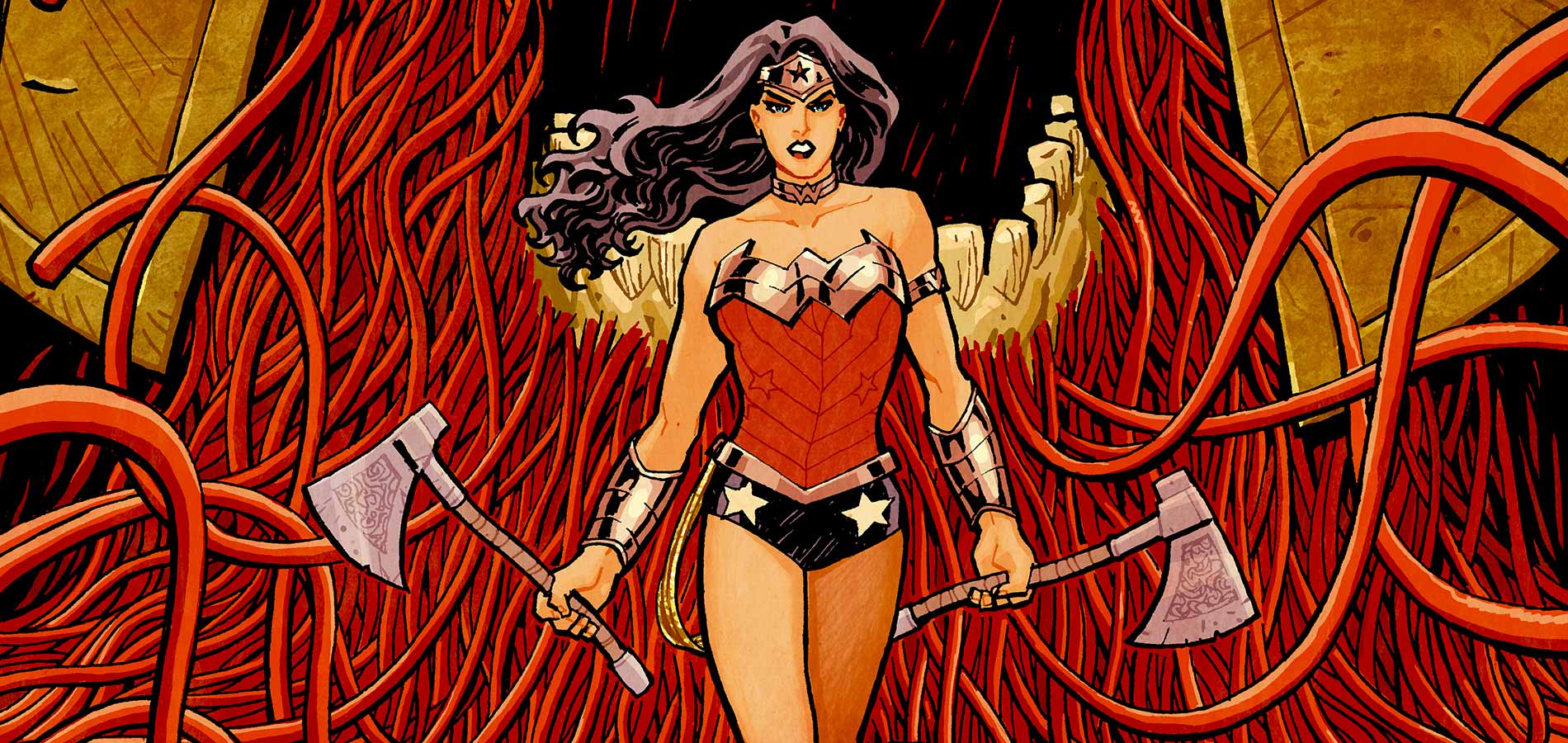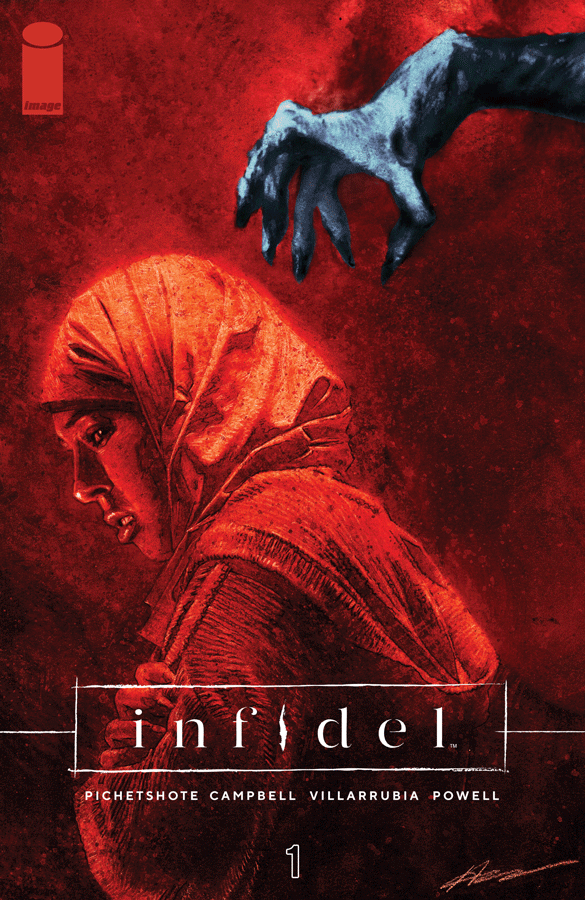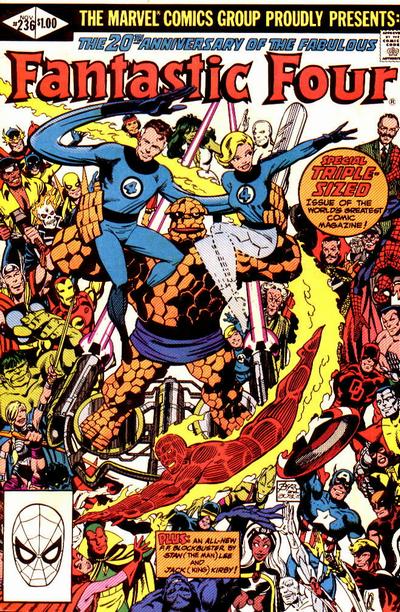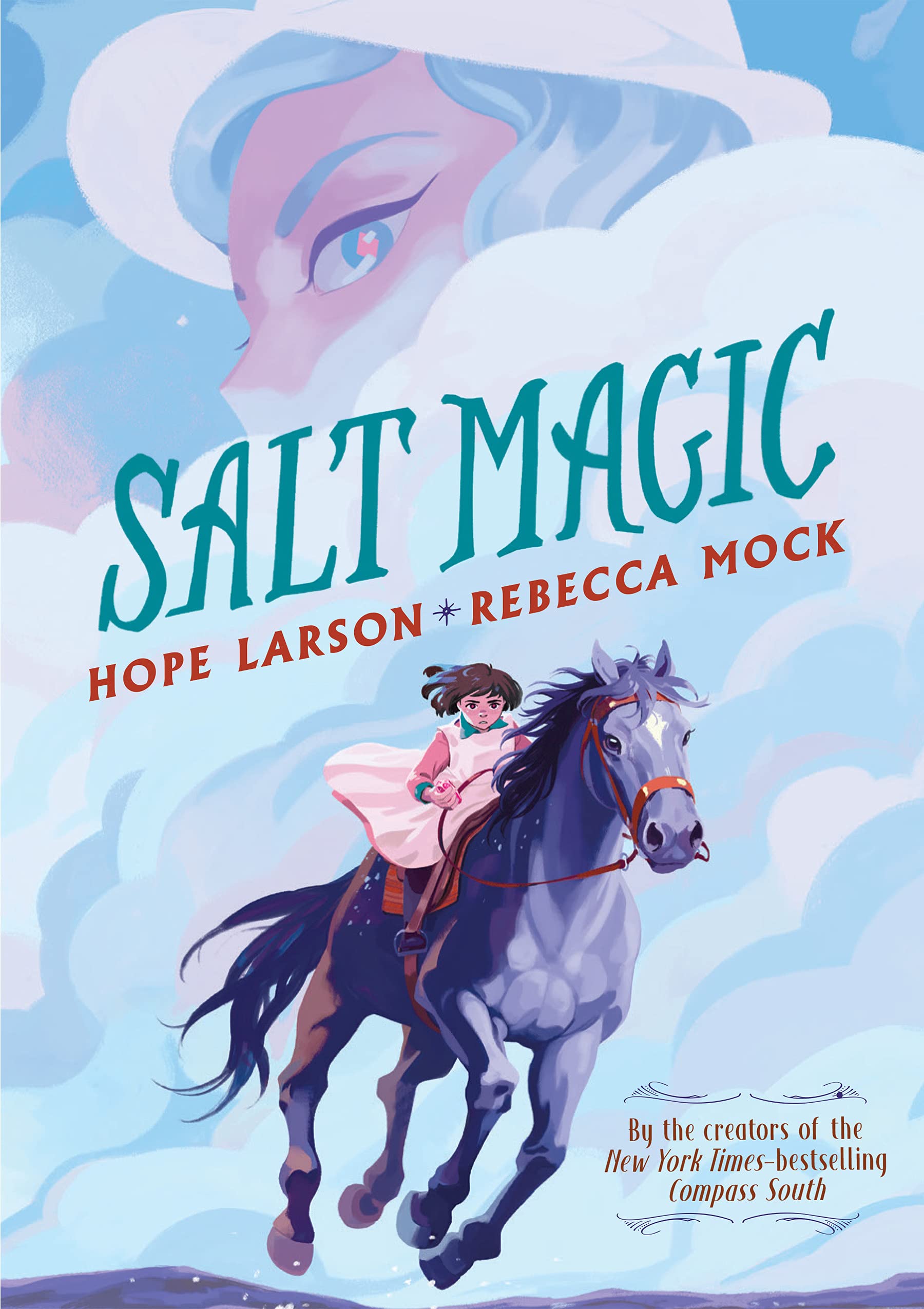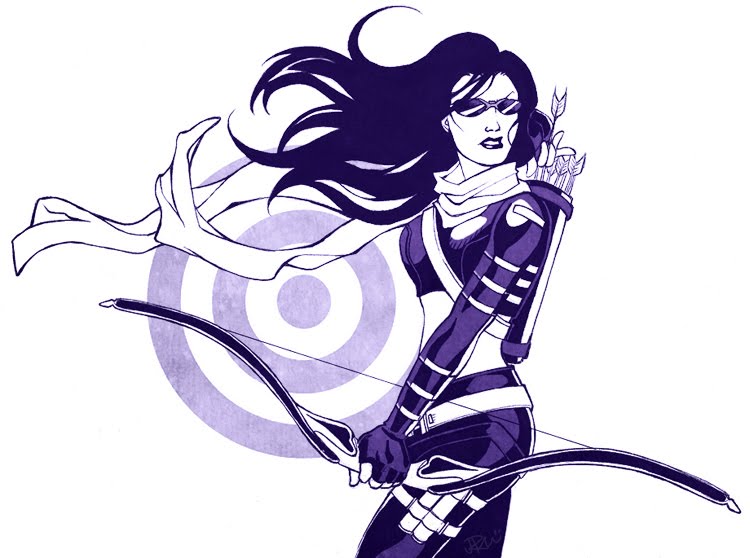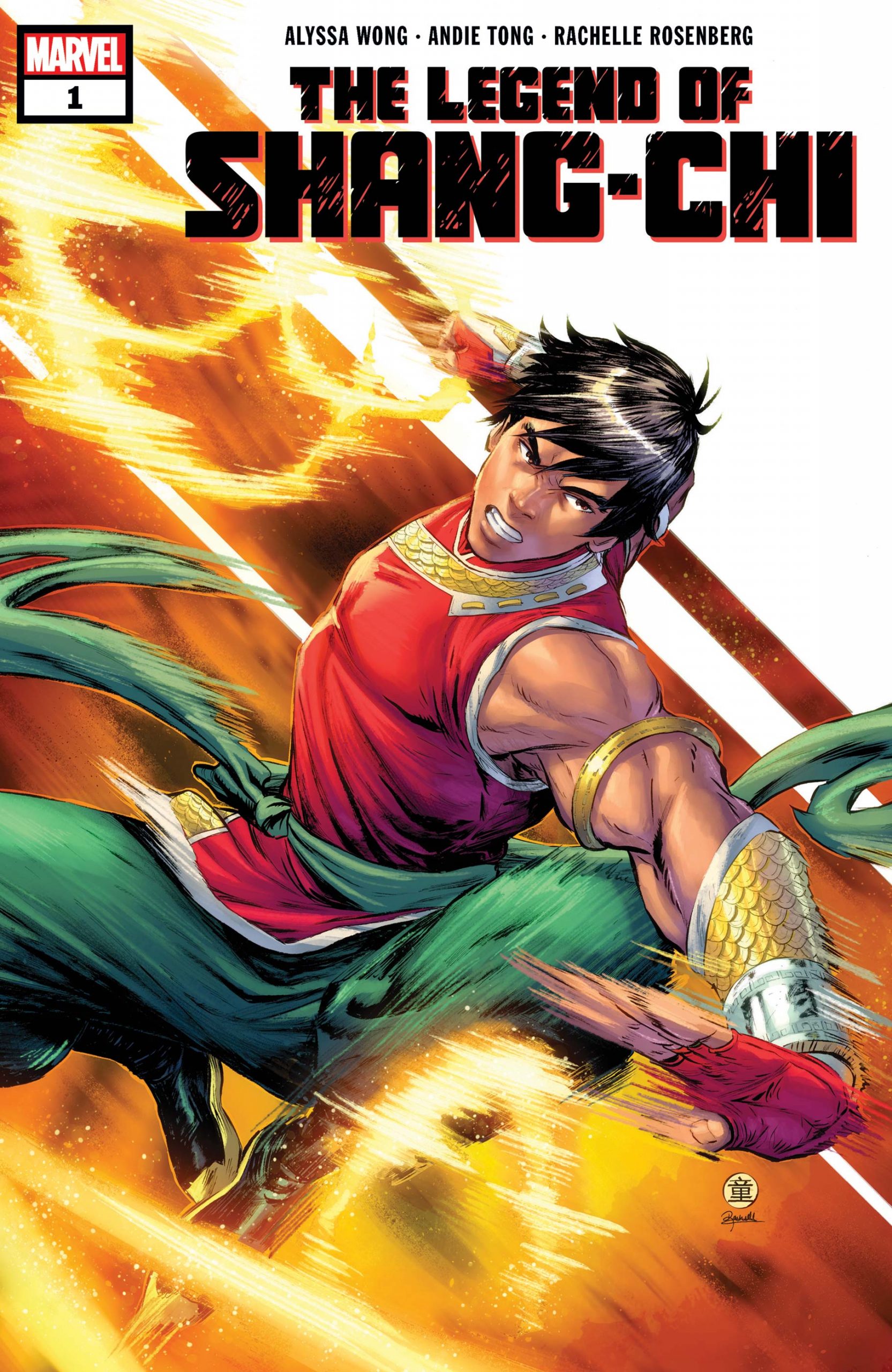DAREDEVIL #11
Writer: Charles Soule
Artist: Ron Garney
Color Artist: Matt Milla
Letterer: VC’s Clayton Cowles
Review By Nate Mondschein (@33andMoonshine)
**Warning: mild spoilers ahead for DD #10 and #11 and anyone who didn’t know that Daredevil’s alter ego is Matt Murdo…oh…shit…**
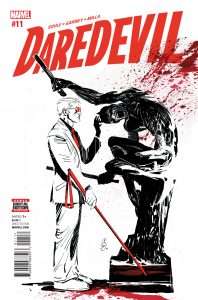
Potential: It’s the reason you dropped nearly twenty dollars to see Suicide Squad. It’s been the lifeblood of New York Knicks fandom since The Last Days of Willis Reed. It’s why Obi-Wan, in spite of every warning sign, chose to provide Anakin with the training he would one day use to murder a classroom full of E-list child actors. In the face of every tired “fool me once” style adage, Potential keeps us coming back.
Charles Soule’s now-eleven-issues-and-counting run on Daredevil is bursting with potential. Unfortunately, what began as a visually striking, novel-yet-nostalgic take on the Devil from Hell’s Kitchen has gradually devolved into meandering side-plots and a revolving door of artists that has never quite managed to make good on the promise of it’s beginnings. But by the same token, it’s has continuously given us just enough for us to entertain the possibility that the next issue could be the one to bring it all together.
At it’s outset, the current “Dark Art” arc (there’s a mouthful) appeared to herald an oncoming return to form, as Matt Murdock pursues an as-of-yet-unrevealed Big Bad with an artistic inclination and a tendency to use, sure, let’s call it “non-traditional” materials in his exhibitions. Daredevil #11 brings us deeper into the investigation, as it is revealed that his most recent piece utilizes the corpses of a number of newly-terragined Inhumans. Gore for gore’s sake? Sure. Heavy-handed groundwork setting up a crossover mandated by the Marvel front office? Probably. But the mystery is still intriguing enough to turn the pages.

There is plenty in DD #11 that works, especially with regards to the visuals: Part of what has made this series’ frequent shift in artist so frustrating is that as a unit, Ron Garney and Matt Milla seem have cornered an aesthetic that is form-fit to the gritty essence of Daredevil, delivering their characters and scenes with rough edges exposed. Issue eleven is no exception: Garney cuts frantic lines into the creases of Murdock’s outfit as he dances across an off-kilter Washington Heights cityscape. A hint of emotion manifests across the face of a disgruntled gallery owner in a scatter of unpolished sketch marks. Milla’s colors retain a pixilated quality, an almost static effect that establishes a constant and deliberate air of distance between us and the narrative to which we bare witness.
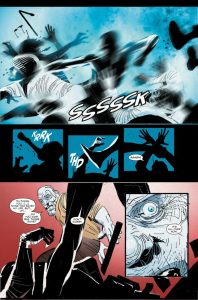
Throughout the series, the colorist has stuck to a fairly constrained palette, darker hues of red and purple and black that could easily slip into the territory of “too-on-the-nose” were it not for Garney’s compelling pencils serving as an anchor, as well as the stark contrast that results from deliberately deployed moments of empty white. DD #11 pushes things one step further, as the visual introduction of a new antagonist is coupled with a sudden shift in tone to a brilliant blue: the mystery assailant bursts onto the scene in a blur of motion that reads noticeably smoother than Garney’s characteristically scratch-and-sketch penciling. It’s an effective moment that capitalizes on the proficiencies of its artistic team, while playing off of the distinctive voice they have cultivated.
Unfortunately, as has been the case since it’s earliest installments, DD #11 seems more often to shy away from it’s most notable strengths. Soule continues to populate his story with an ensemble of complex, decidedly human characters; however, in many instances their development is undercut by jagged dialogue, almost leaping ahead of itself at moments, as is the author’s foresight is leaking into his player’s voices. The pacing is similarly off-kilter, with key moments of anticipation hurried through towards a reveal that ultimately looses a great deal of its payoff in absence of a more carefully plotted approach. Meanwhile, rambling yet otherwise inconsequential conversations strive towards a brand of decompression that simply seems to have picked its moments poorly.
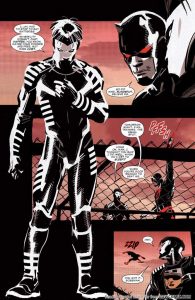
The most pronounced casualty of this misplaced attention (or lack thereof) is Daredevil’s new mentee/general badass/debatably the best thing to come out of the Soule era thus far: Samuel Chung, AKA Blindspot. In addition to bringing a kick-ass costume to the table, this up-and-coming hero offers us a rare lens through which we can explore the life of an undocumented immigrant navigating not just the complex New York superhero community, but also a country in the midst of a tumultuous internal conflict against its most fervently nationalist tendencies. It’s a narrative almost too perfectly matched to the issues of the day, which makes Soule’s decision to slot the character into an underdeveloped sidekick role all the more disappointing. Clocking in an if-we’re-being-generous three page total of visibility this time around, Blindspot remains largely on the edges of the storyline, a tantalizing promise of what could be.
With an impending influx of new Marvel titles just around the corner (not to mention Image’s seemingly endless supply of New #1’s), it becomes increasingly difficult to justify the cost of a series that by double digits still hasn’t found its groove. Yet sure enough, this time next month, you’ll find me sitting down with my copy of Daredevil #12. Because potential. Because maybe this will be the one…
Verdict: All told, I’m going to lean towards a Stay Tuned/Trade-Wait suggestion here. It’s certainly possible things come together towards the later half of this arc that ultimately justifies what currently feels like a lack of direction, but better safe than four dollars poorer.

